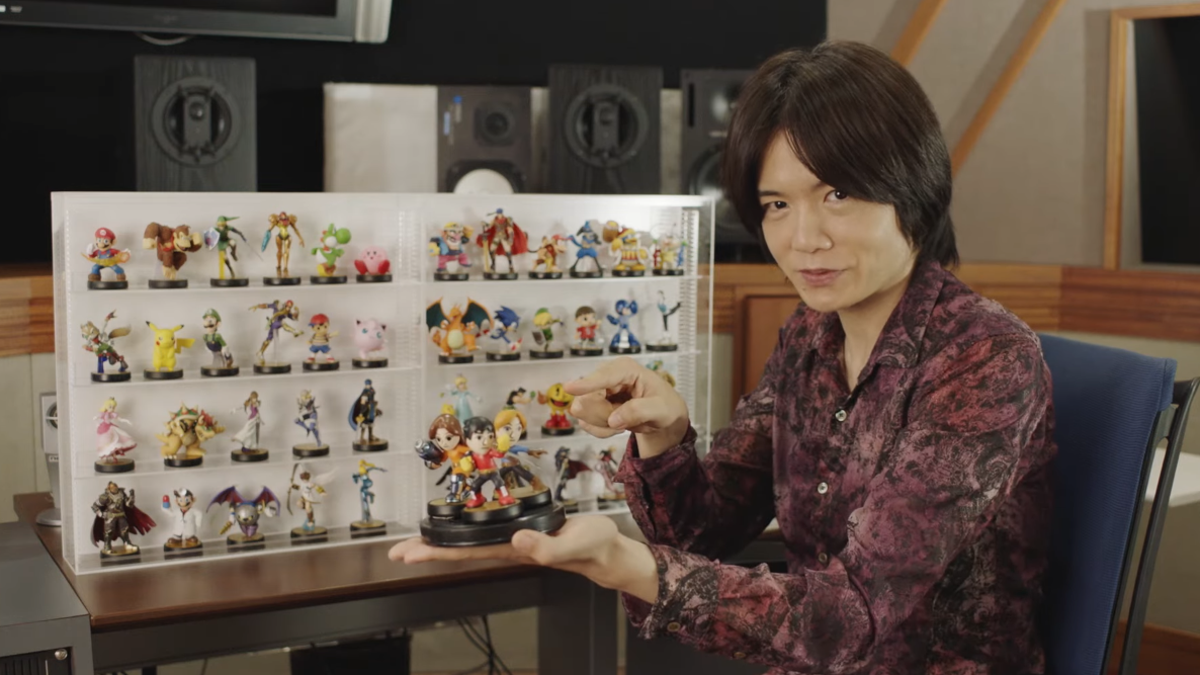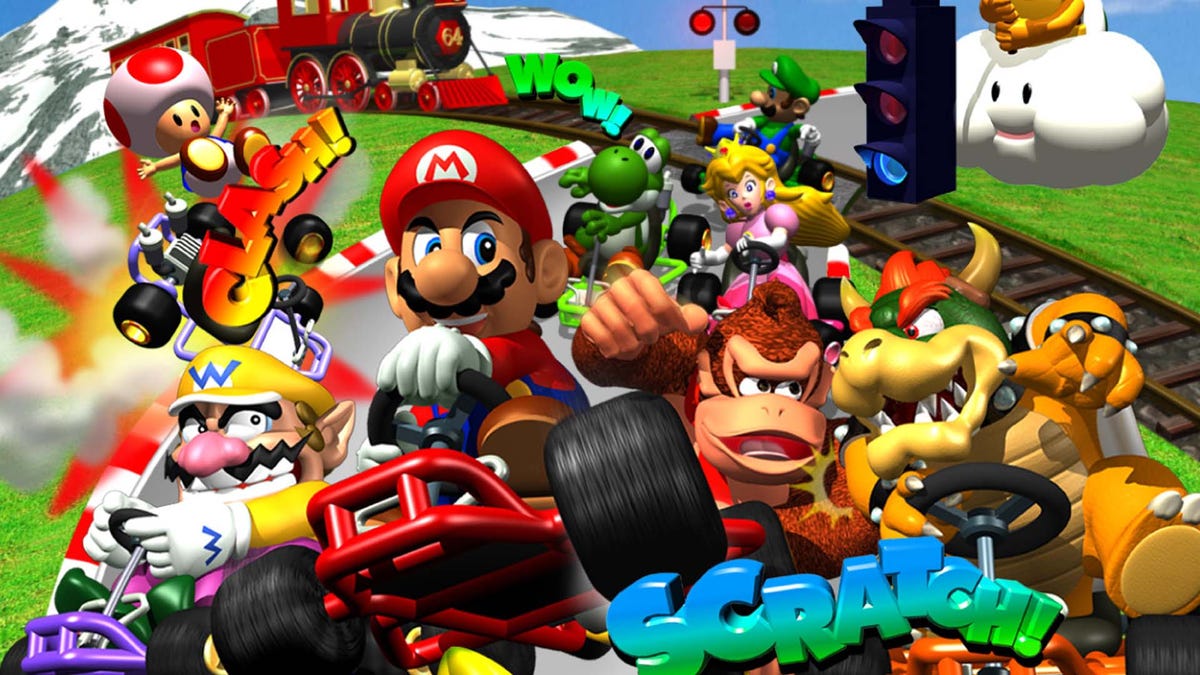Chocolate Tins: Where Flavor Meets Function and Beauty
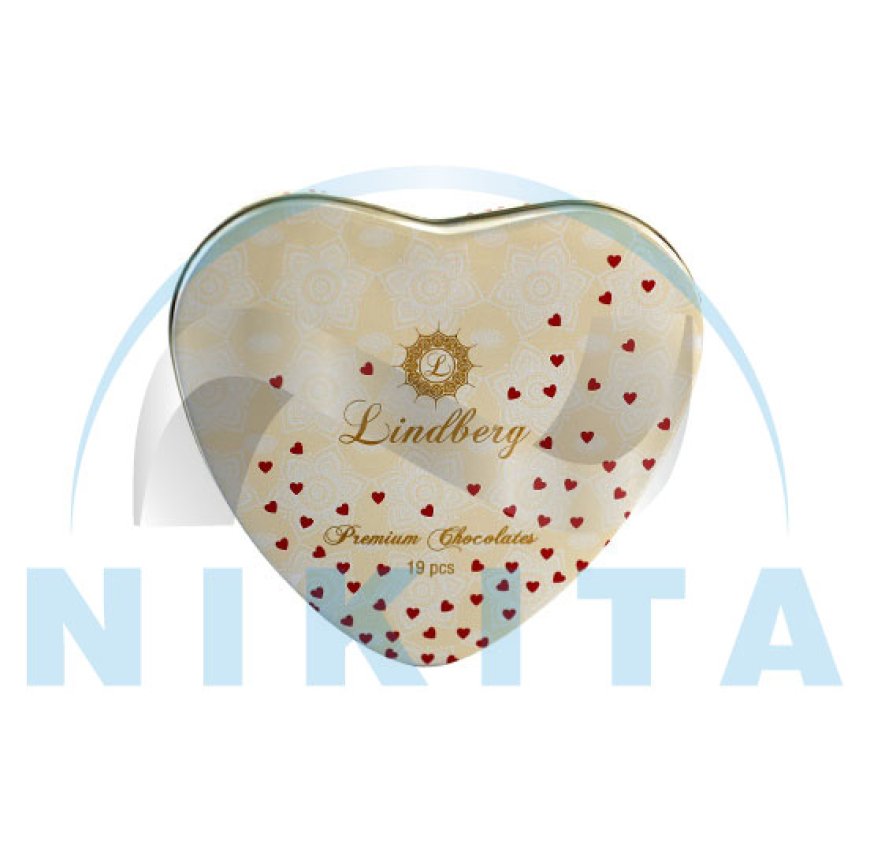
Few objects in the world of packaging have managed to balance utility and sentimentality quite like the chocolate tin container. With their vintage allure and practical advantages, these metallic vessels have become more than just packaging—they’re a symbol of thoughtful gifting, nostalgic memories, and sustainable choices.
While their primary role is to house delicious confections, chocolate tins often live on long after the sweets have vanished. From repurposed sewing boxes to cherished keepsake holders, these containers have woven themselves into domestic and cultural life in subtle, enduring ways. But what makes these tins so appealing, and why do they continue to stand the test of time in an era dominated by disposable packaging?
A Brief History of Chocolate Tins
The use of tin containers for chocolates dates back to a time when packaging was not merely functional, but ornamental. Chocolatiers of earlier centuries understood that presentation held as much power as taste. During the industrial age, with the advent of mass production and printing technology, tin containers evolved into miniature canvases for ornate art, intricate branding, and even commemorative illustrations.
Manufacturers would release limited-edition tins with seasonal themes or special events, knowing that consumers would keep them long after the chocolates were gone. This approach turned packaging into a collectible item, forging an emotional connection between the product and the buyer. While much has changed in terms of production methods, the emotional resonance of a beautiful chocolate tin remains unchanged.
Practical Elegance in Packaging
One of the primary reasons chocolate tin containers endure is their perfect marriage of aesthetics and functionality. Tins provide excellent protection from light, moisture, and physical damage—elements that can easily degrade the quality of chocolate. Unlike cardboard or plastic, tin offers a sturdy, non-reactive environment that helps maintain the freshness and flavor integrity of its contents.
Additionally, tin containers offer a tactile luxury. There is something inherently satisfying about the weight and sound of a tin lid being opened, a sensory experience that enhances the ritual of chocolate consumption. This tactile feedback, combined with the visual delight of a well-designed exterior, creates a multi-sensory moment that elevates the act of indulging in chocolate.
Sustainability and Reusability
In today’s eco-conscious marketplace, sustainability is no longer a niche concern; it’s an expectation. Chocolate tin containers have naturally aligned with this shift due to their inherent reusability and recyclability. Unlike single-use plastic wrappers or paper boxes, tins are not typically discarded. Their durability and perceived value often encourage consumers to repurpose them in creative ways.
Whether turned into craft storage, repurposed as planters, or used to organize kitchen spices, tins can enjoy second, third, or even fourth lives. This repurposing not only keeps them out of landfills but also reduces the demand for new storage containers. Even if a tin eventually reaches the end of its useful life, its metal content makes it one of the more easily recyclable materials.
By choosing chocolate sold in tin containers, consumers indirectly make a more sustainable choice, often without even realizing it. And for brands, using tins can serve as a subtle but effective way to communicate environmental responsibility without having to make overt marketing claims.
Branding That Lasts
In a saturated market, lasting brand impressions are hard to achieve—but a chocolate tin can quietly extend a brand’s presence well beyond the initial sale. Long after the chocolate is consumed, the tin sits on a desk, shelf, or countertop, serving as a constant visual reminder of the brand. This continued presence is a form of passive marketing that few other packaging types can replicate.
Moreover, tin containers provide a more luxurious and premium feel, allowing brands to position their products at a higher perceived value. A chocolate bar in a plastic wrapper might signal convenience, but chocolate in a tin suggests intention, care, and quality. This psychological positioning can influence purchase decisions, especially for gifts or special occasions.
Many artisan chocolate brands, recognizing this, design their tins with as much care as the recipes for their confections. The typography, color palette, and imagery are carefully curated to evoke emotions ranging from nostalgia to elegance, effectively making the tin a storytelling medium.
Cultural Significance and Emotional Memory
Beyond functionality and branding, chocolate tin containers hold a place in cultural memory. For many people, receiving or discovering a chocolate tin is tied to moments of celebration—holidays, anniversaries, or special achievements. These tins, once emptied of their sweet cargo, often become storage for other small treasures: letters, trinkets, buttons, or coins.
This transformation from packaging to personal archive gives tins a life beyond commerce. They become part of the household, often rediscovered years later, bringing with them the faint scent of chocolate and a flood of memories. In this way, a tin can evoke a sense of continuity, linking present moments with past joy.
Even across generations, these containers can serve as heirlooms of sorts. A grandmother’s old chocolate tin, filled with sewing needles or handwritten recipes, can be more meaningful than any store-bought organizational tool. The patina of age, combined with sentimental association, turns the ordinary tin into an emotional artifact.
The Design Renaissance
In recent years, there’s been a notable resurgence in the appreciation for thoughtfully designed tin packaging. With retro aesthetics coming back into vogue, many chocolatiers are drawing inspiration from early 20th-century tin art—reviving elements such as ornate floral patterns, script typography, and embossed textures.
Simultaneously, modern minimalism has also found its way onto tin surfaces. Sleek monochrome palettes, geometric patterns, and contemporary typography offer a fresh take that appeals to today’s design-conscious consumers. This duality—old-world charm and modern elegance—makes tin containers a versatile medium for creative expression.
As consumers grow more discerning, they increasingly value packaging that feels intentional. Tins, with their generous canvas and tactile richness, provide designers with an unmatched opportunity to elevate the product inside. Whether vintage or modern, every detail can communicate a brand's ethos.
A Gift That Keeps on Giving
Gifting chocolate in a tin container adds another layer of thoughtfulness to the gesture. It transforms a consumable item into a lasting present. The recipient not only enjoys the taste of fine chocolate but also receives a beautiful object that they can use again and again.
This dual utility makes chocolate tins especially popular during festive seasons or significant life events. Unlike paper boxes, which are often discarded within days, tins tend to linger. Their presence subtly reminds the receiver of the person who gave the gift—further enhancing the emotional value.
Moreover, tins are easily customizable, making them perfect for personalization. From engraved names to custom color schemes, they offer flexibility for both mass-market and bespoke gifting solutions.
Conclusion: More Than Just a Container
Chocolate tin containers are more than mere packaging—they are objects of beauty, vehicles for memory, and emblems of sustainability. In a world where so much is designed to be used once and discarded, the chocolate tin stands out as a testament to durability, artistry, and emotional resonance.
Whether you’re a chocolatier aiming to distinguish your brand, a gift-giver seeking something meaningful, or a consumer drawn to items with lasting value, the humble tin container continues to offer something special. It’s not just what’s inside that counts—it’s also what stays behind when the chocolate is gone.



















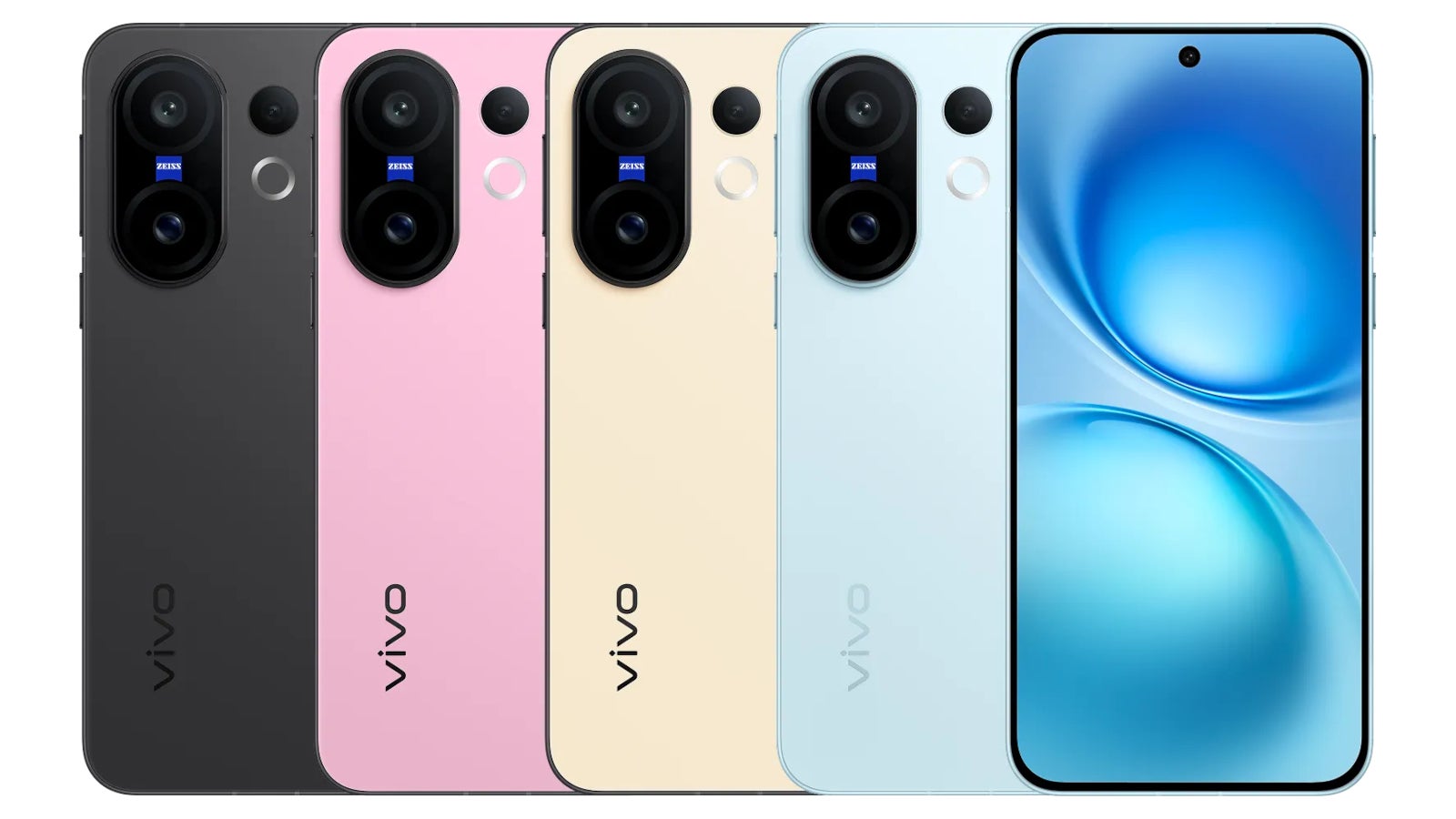

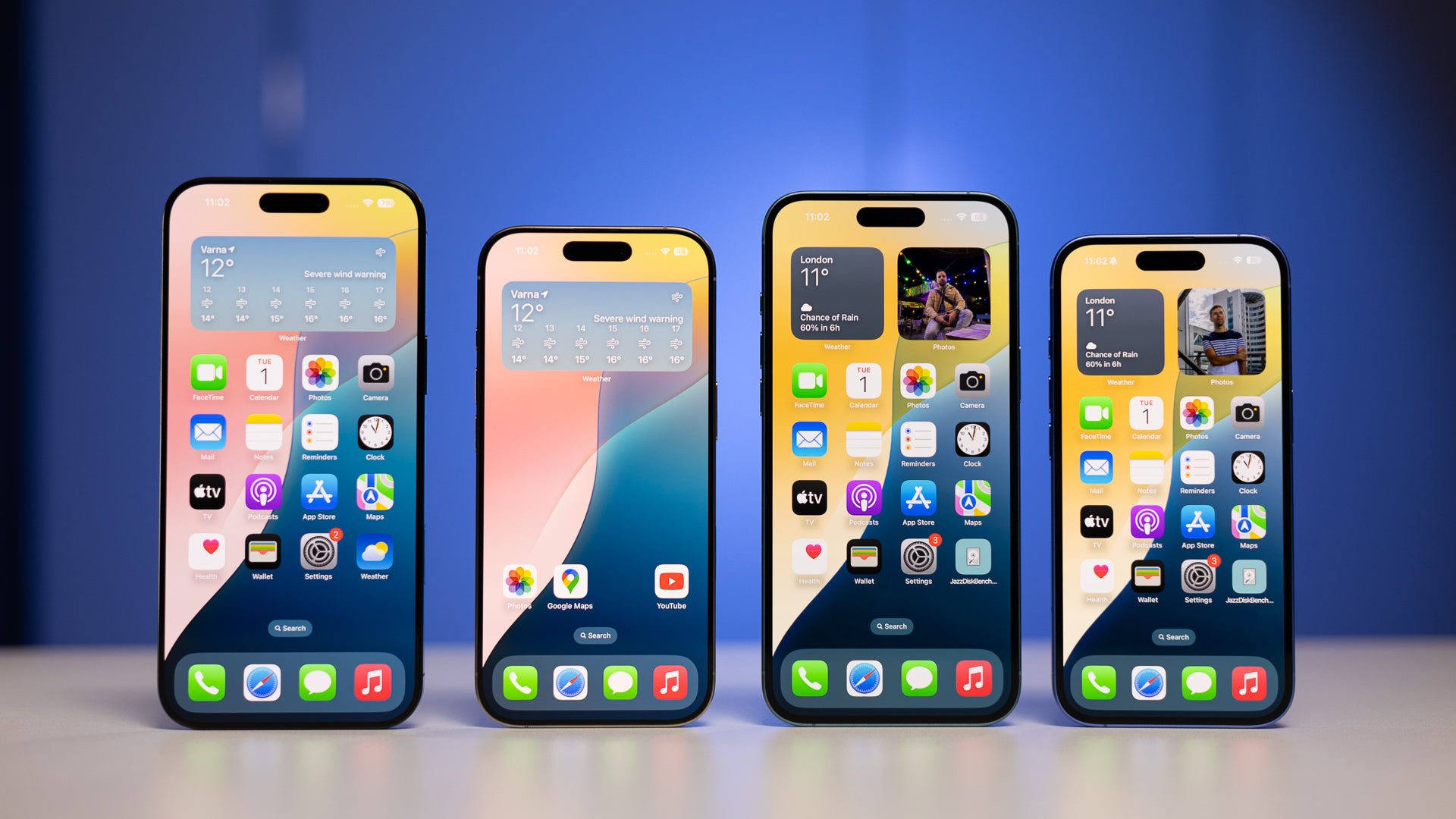




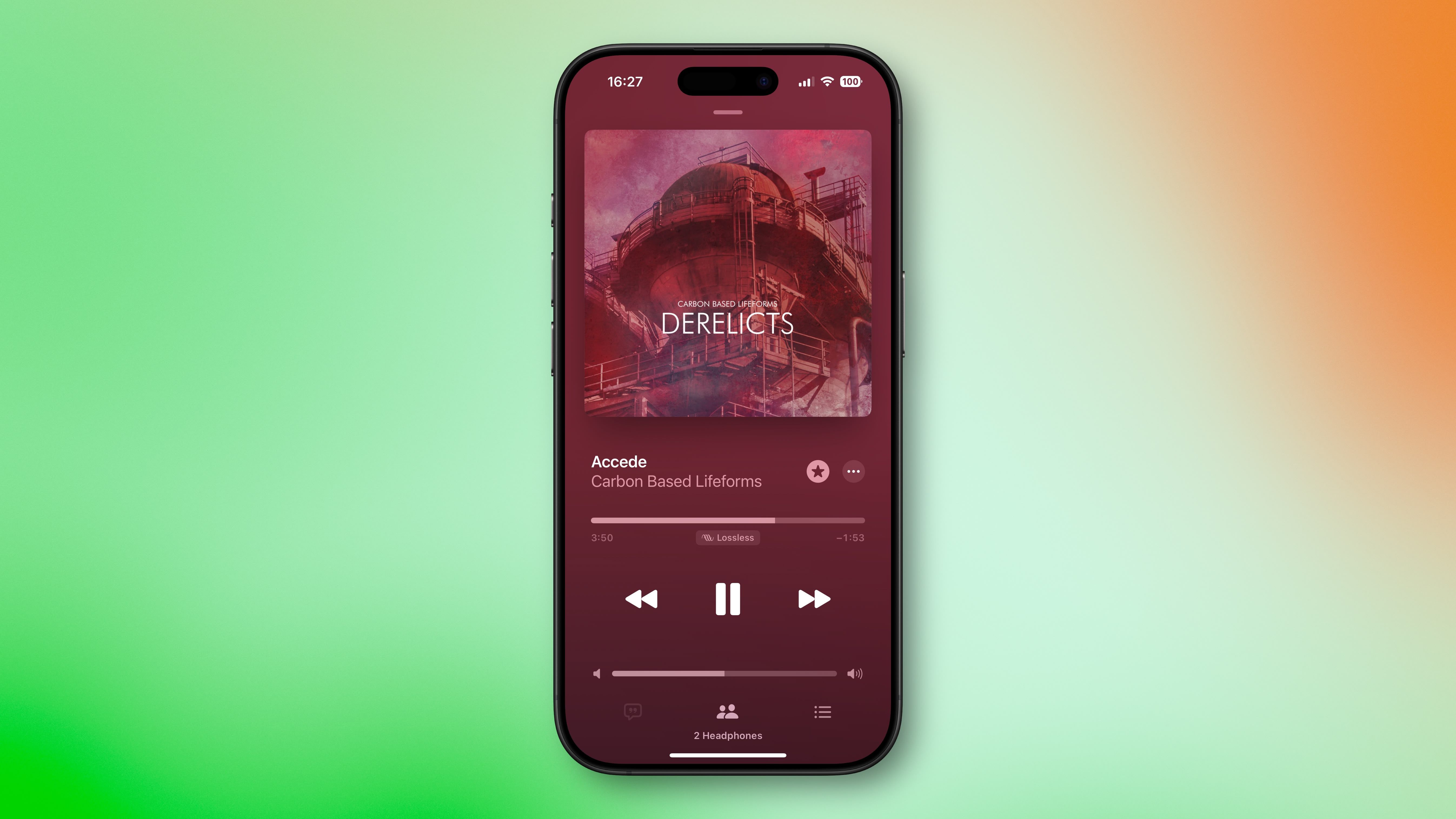

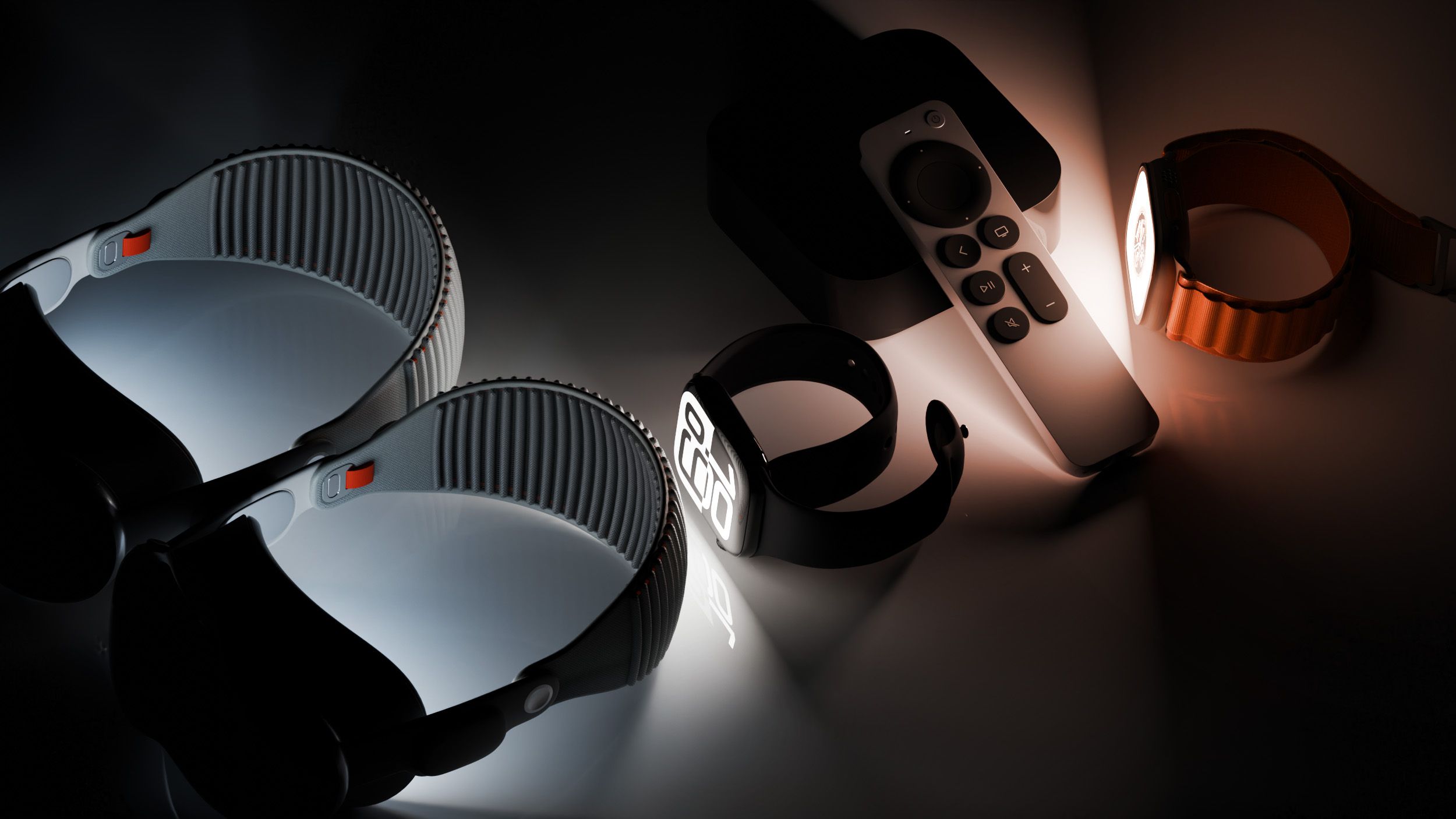
















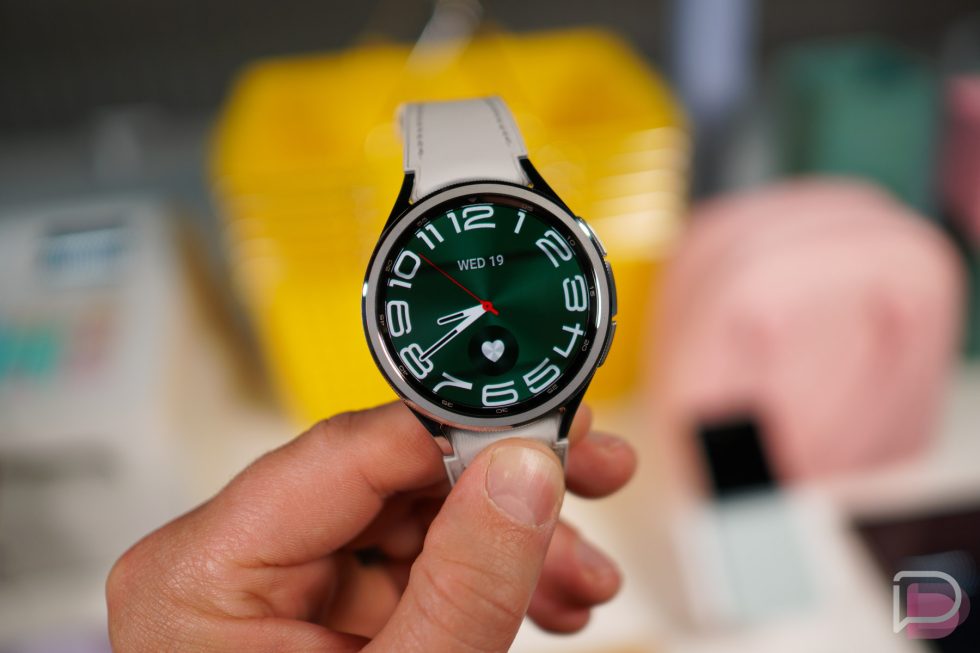

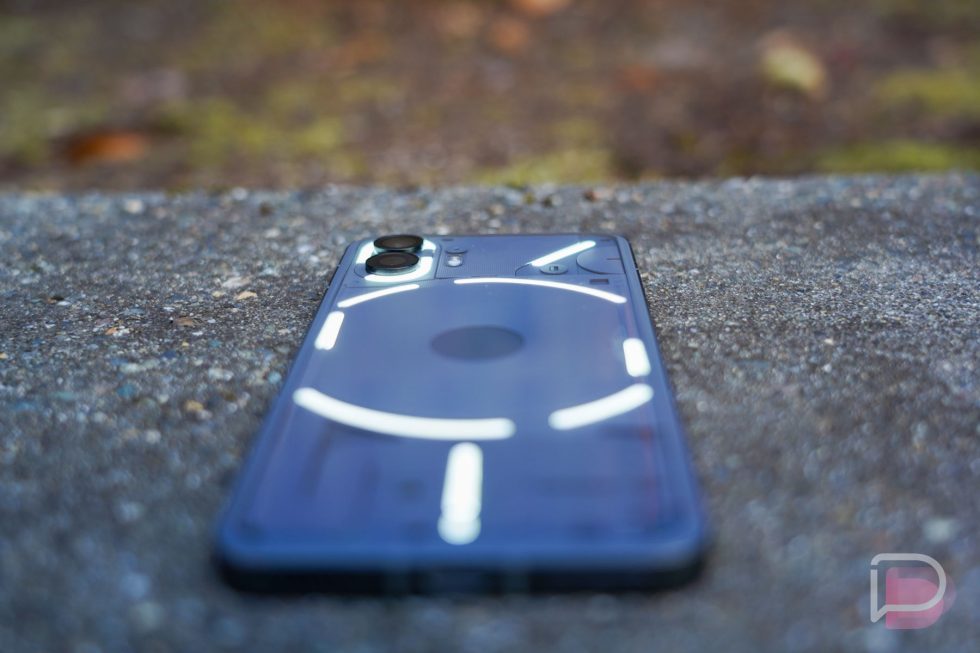
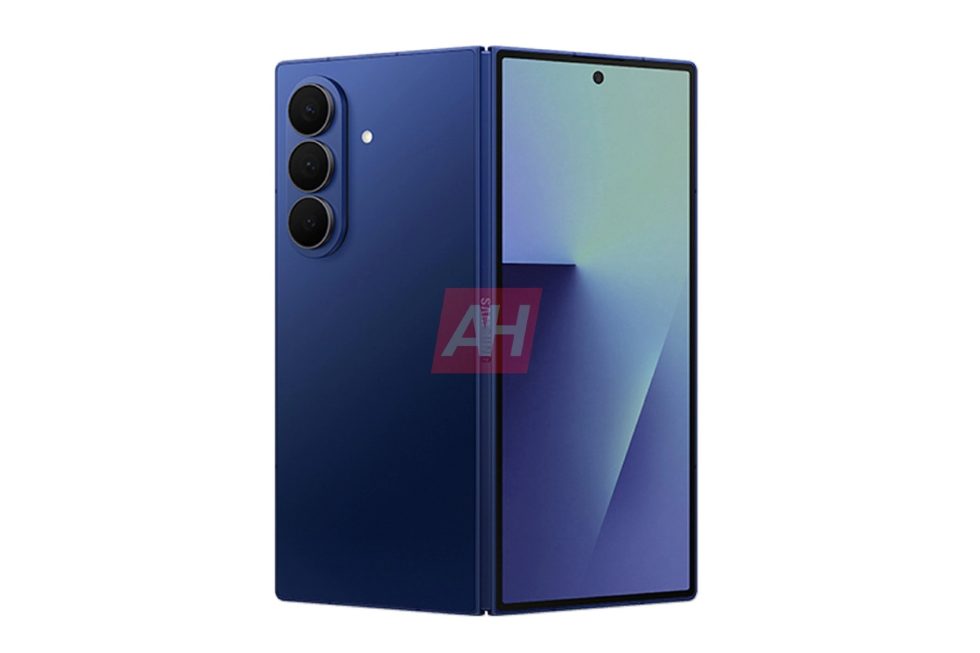


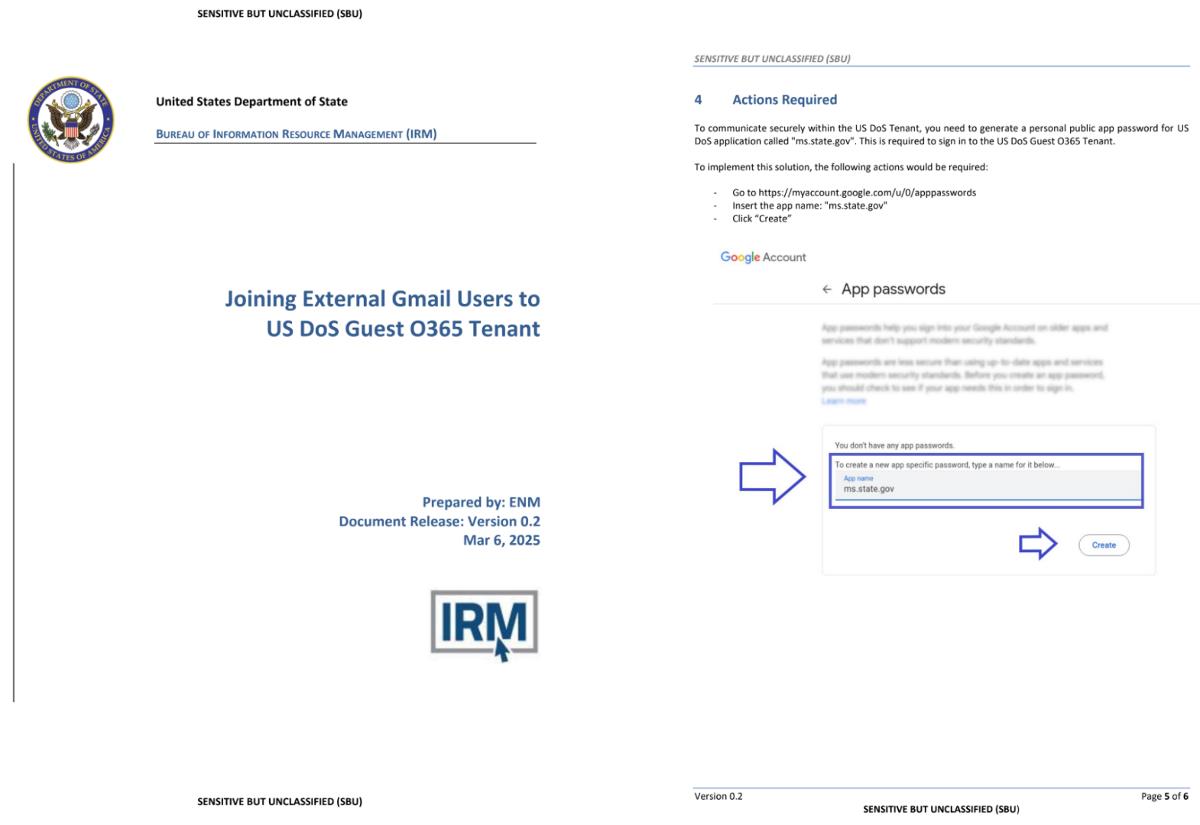




















![Apple Seeds tvOS 26 Beta 2 to Developers [Download]](https://www.iclarified.com/images/news/97691/97691/97691-640.jpg)
![Apple Seeds watchOS 26 Beta 2 to Developers [Download]](https://www.iclarified.com/images/news/97688/97688/97688-640.jpg)
![Apple Releases iOS 26 Beta 2 and iPadOS 26 Beta 2 [Download]](https://www.iclarified.com/images/news/97685/97685/97685-640.jpg)
![Apple Seeds visionOS 26 Beta 2 to Developers [Download]](https://www.iclarified.com/images/news/97693/97693/97693-640.jpg)




















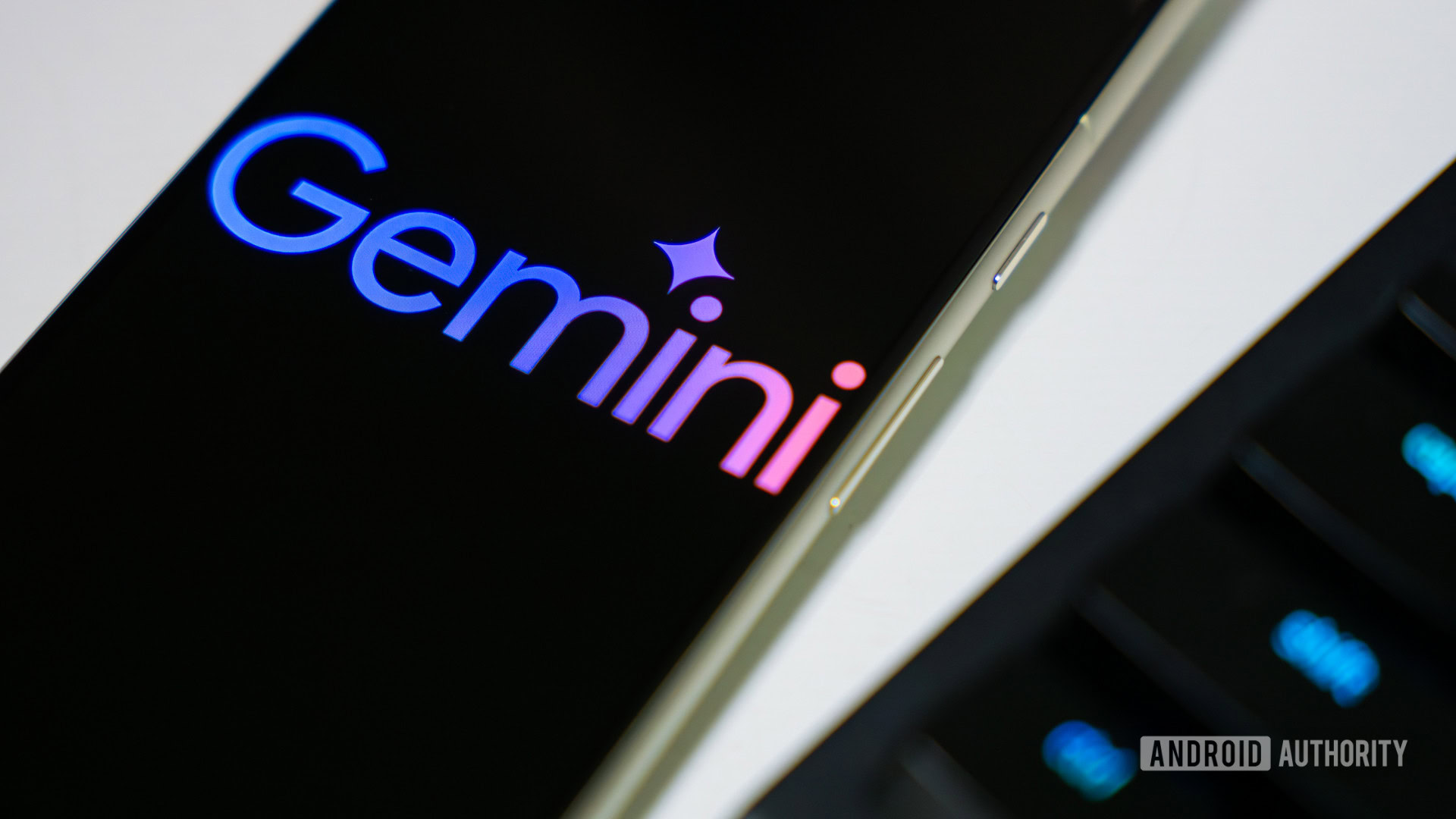
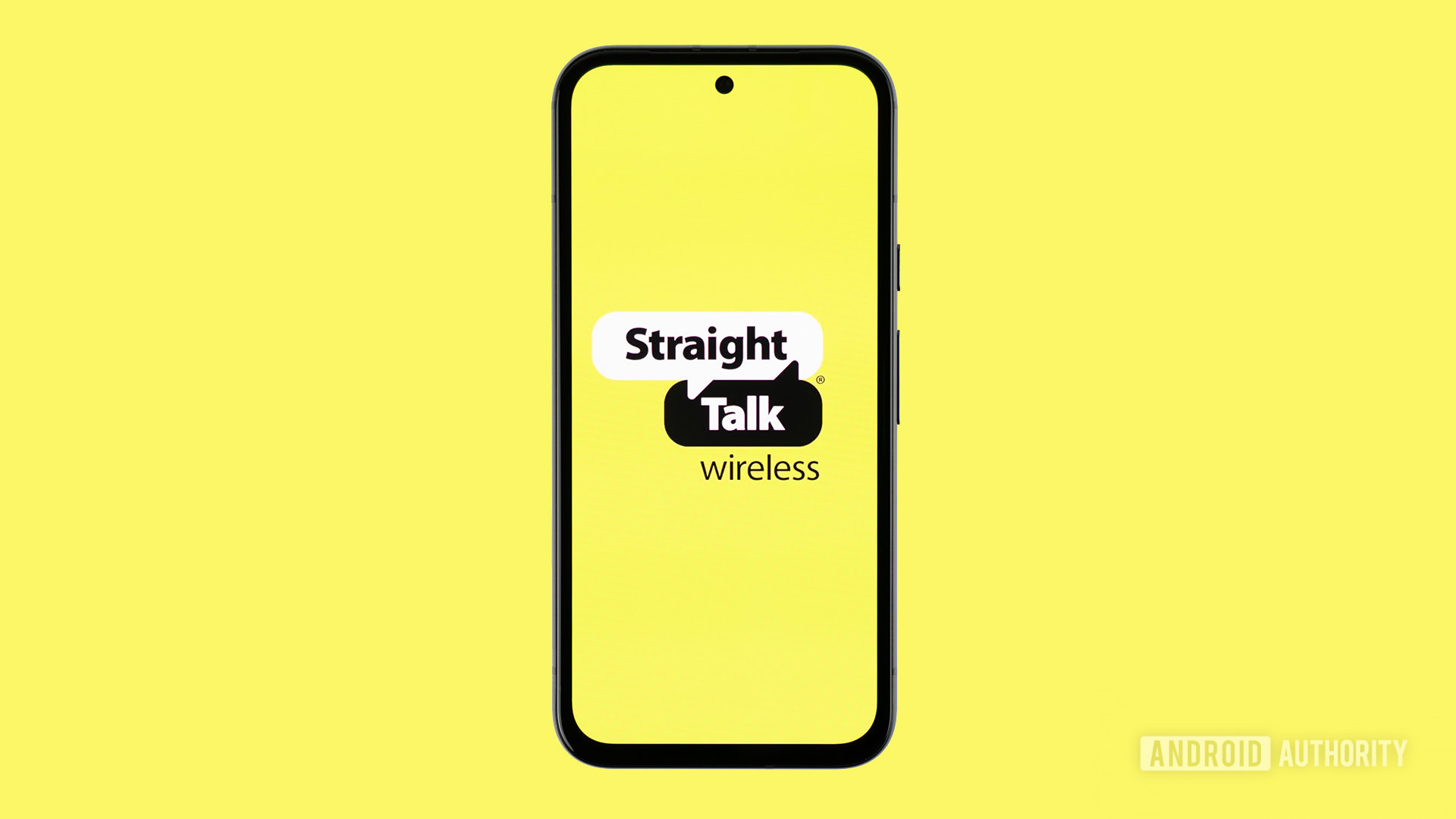
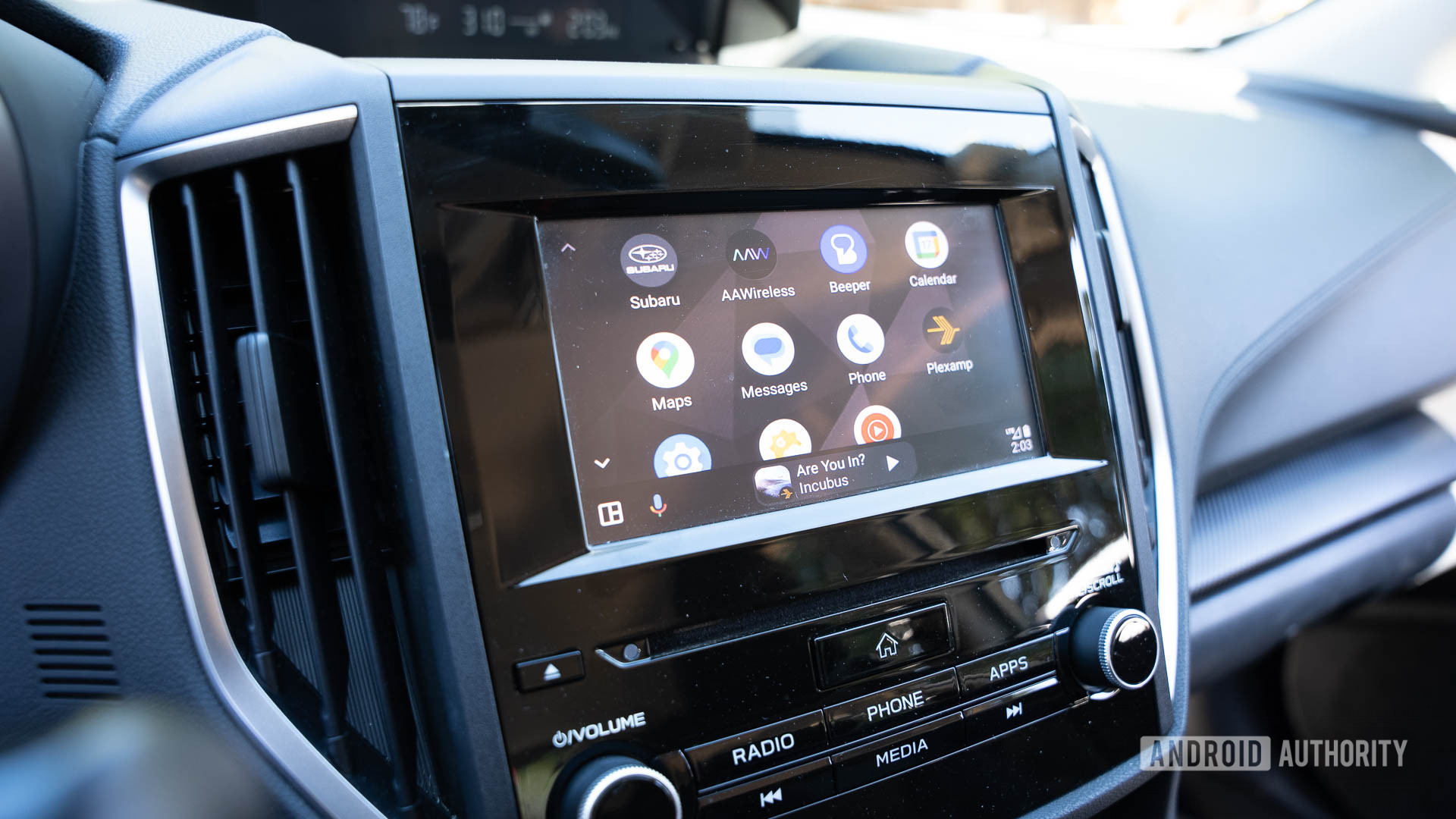


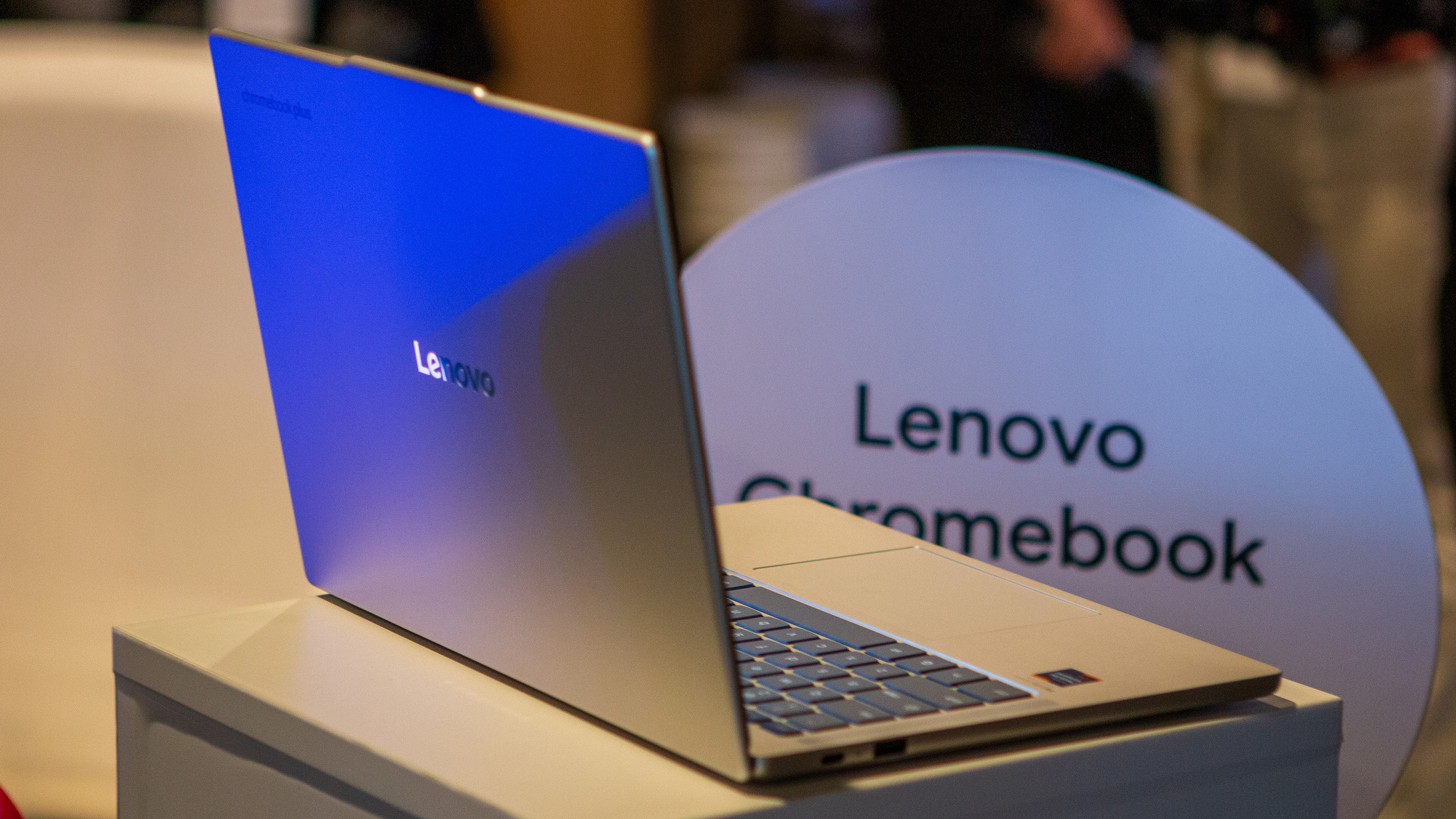

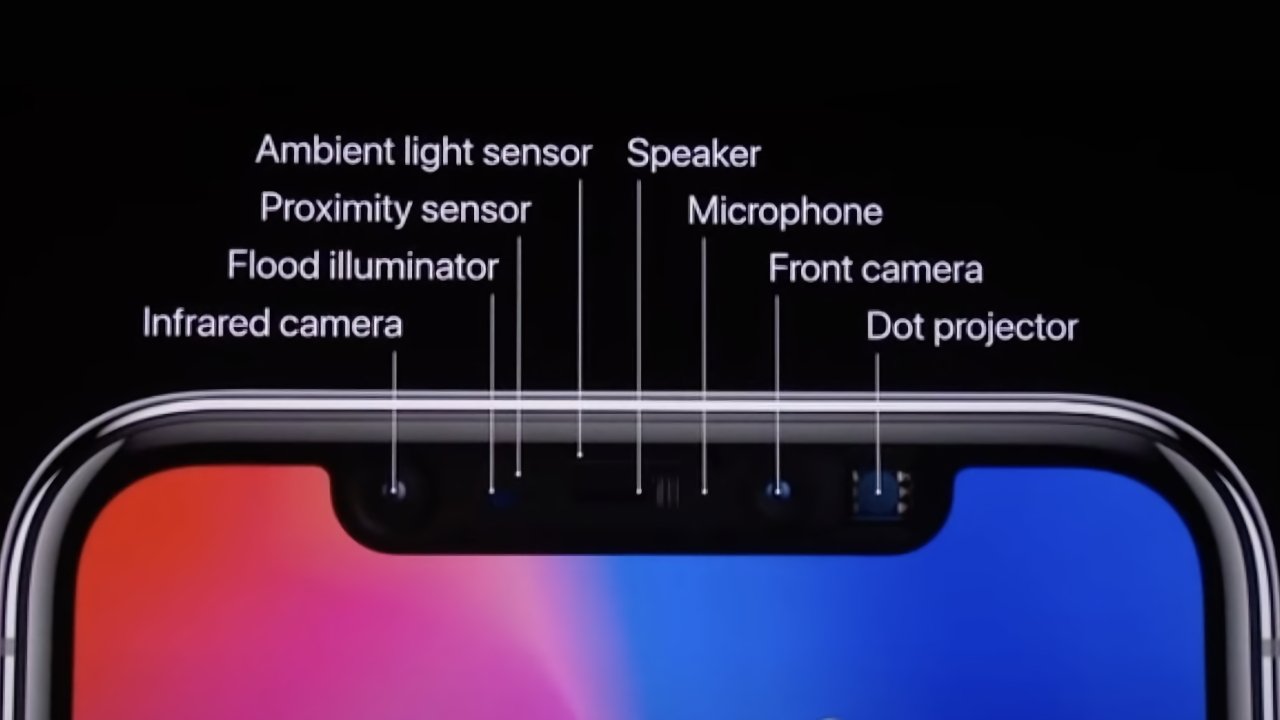




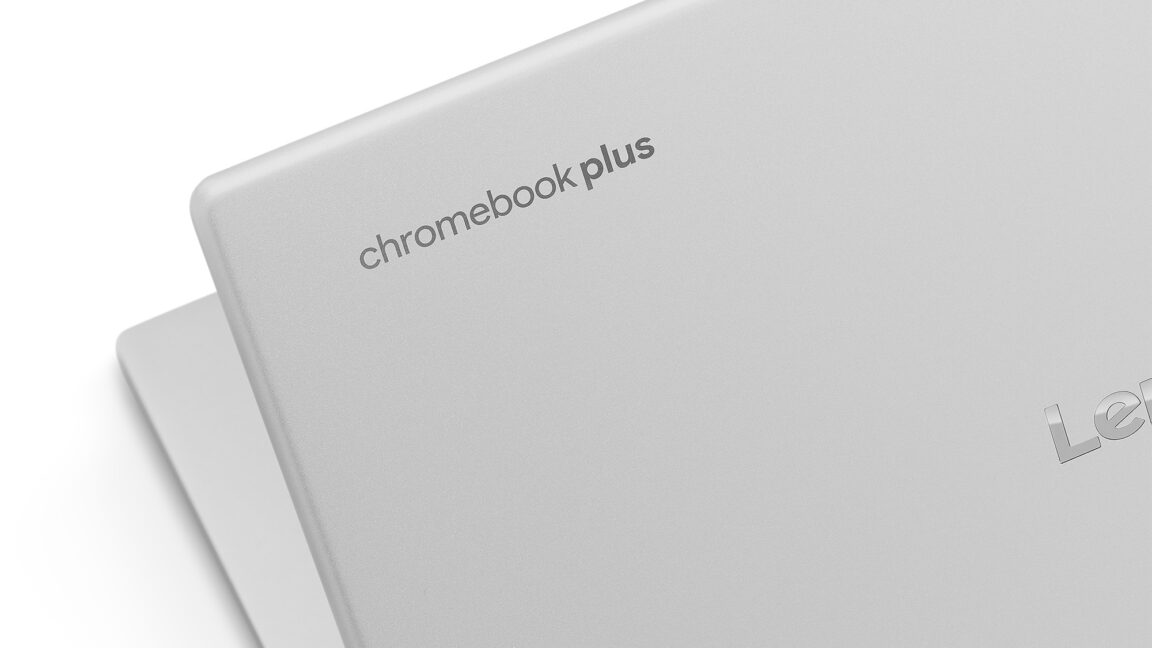

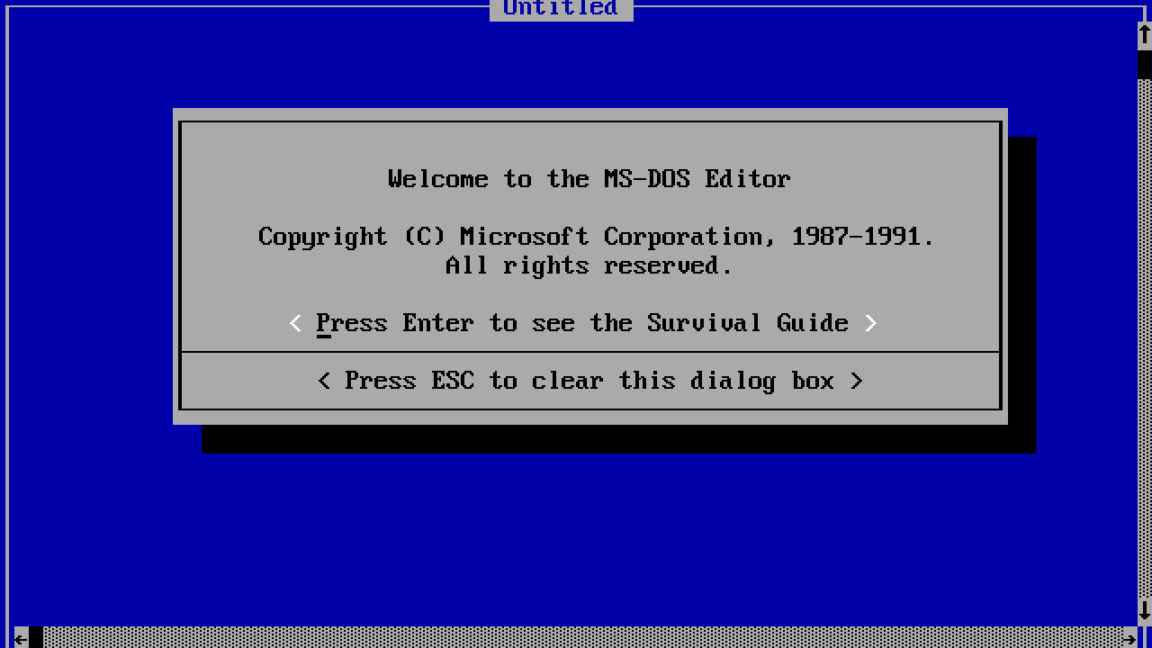





































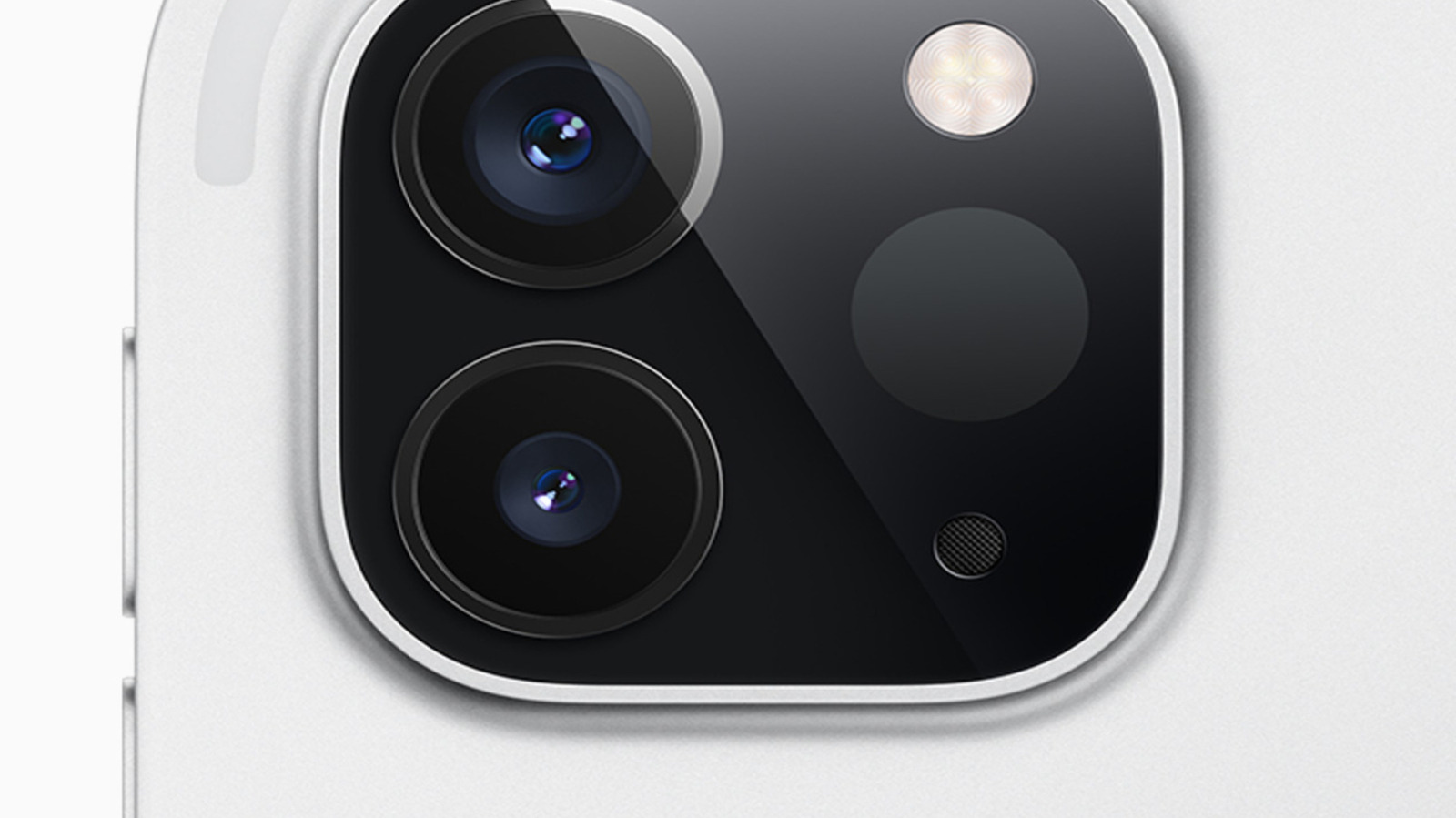







































_marcos_alvarado_Alamy.jpg?width=1280&auto=webp&quality=80&disable=upscale#)

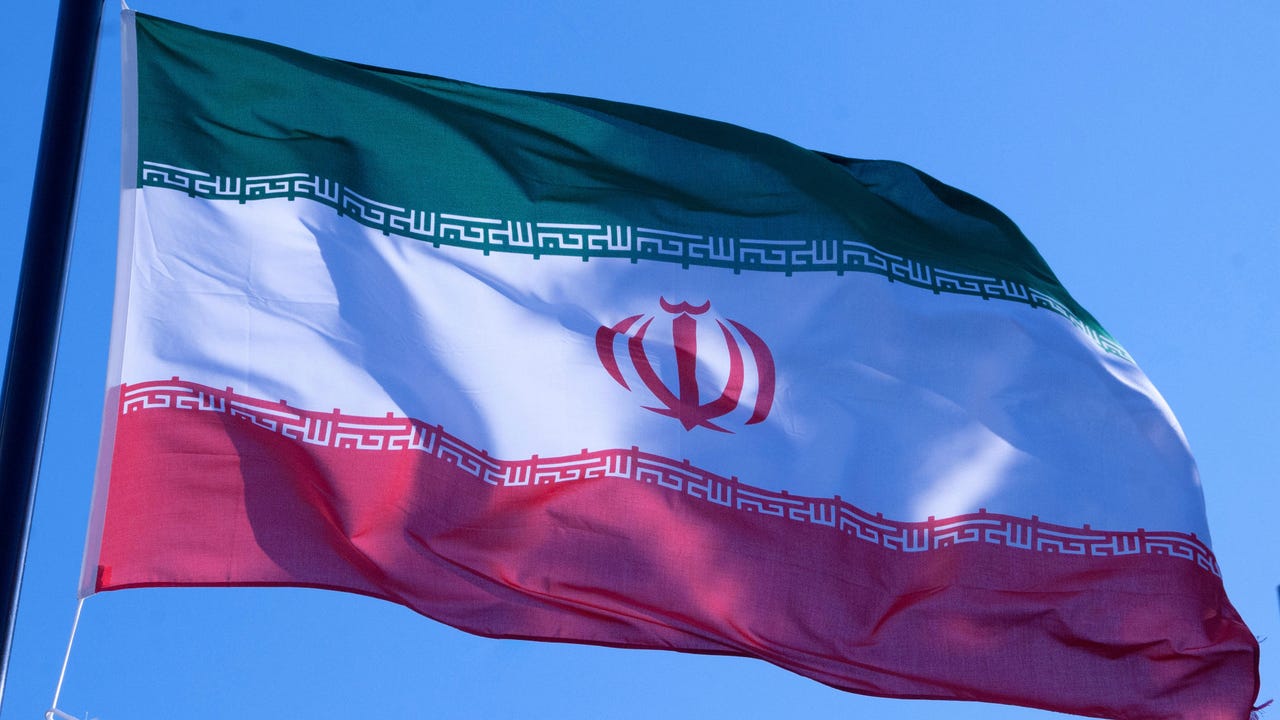
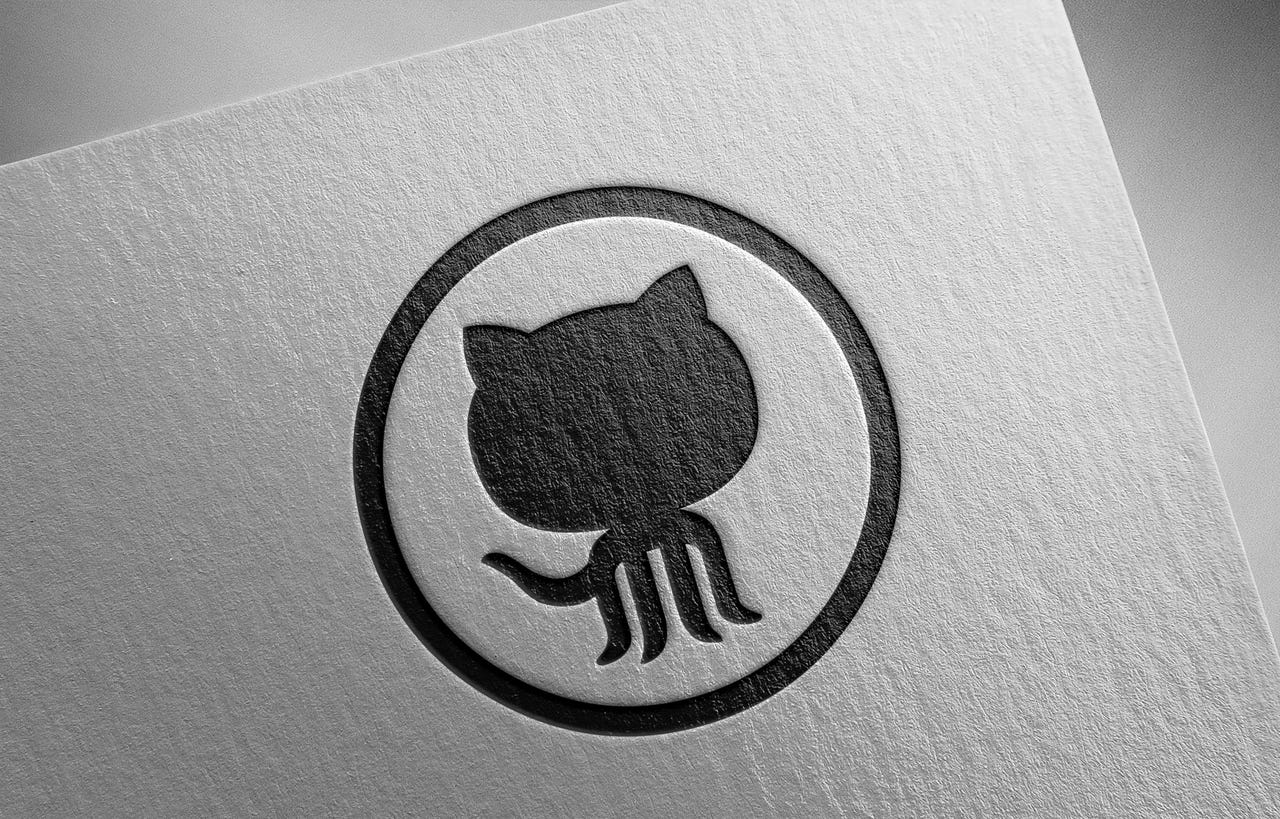








































































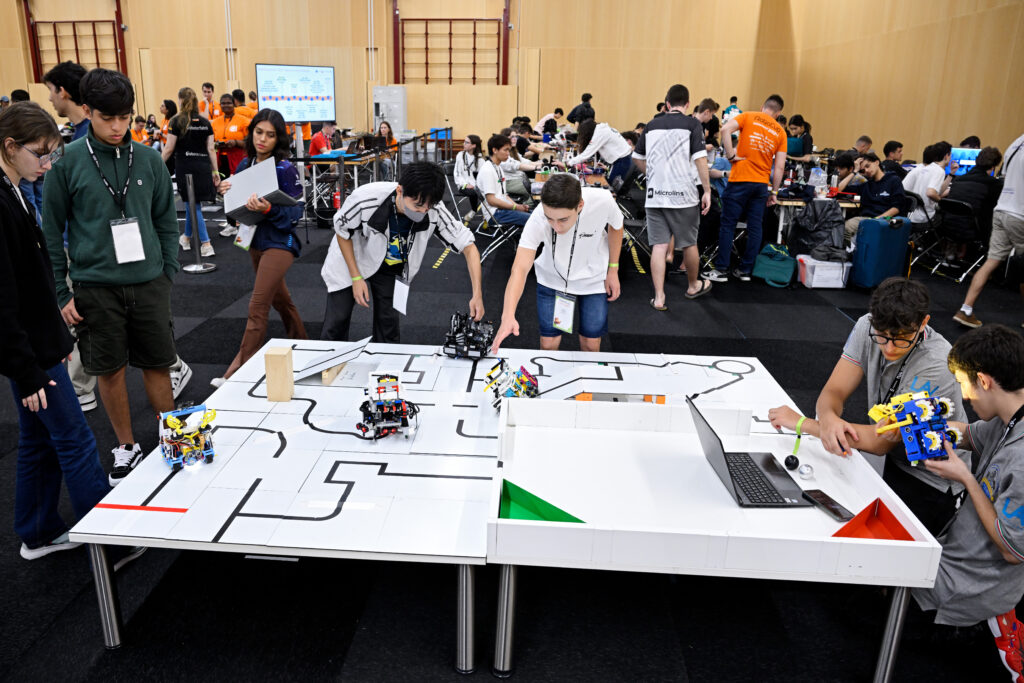







































![[The AI Show Episode 154]: AI Answers: The Future of AI Agents at Work, Building an AI Roadmap, Choosing the Right Tools, & Responsible AI Use](https://www.marketingaiinstitute.com/hubfs/ep%20154%20cover.png)
![[The AI Show Episode 153]: OpenAI Releases o3-Pro, Disney Sues Midjourney, Altman: “Gentle Singularity” Is Here, AI and Jobs & News Sites Getting Crushed by AI Search](https://www.marketingaiinstitute.com/hubfs/ep%20153%20cover.png)





















































































































































































.png?#)













